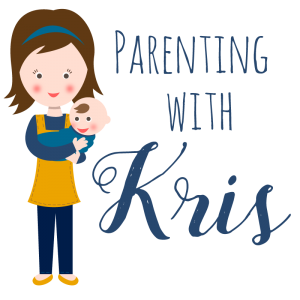Guest article provided by: karenboos.com
We always want to keep any dirt and irritants away from our children, which is easy with the big stuff like mud puddles and yard debris, but when the gunky stuff is literally in the air we breathe, then that is a different story altogether. Sure, regularly changing your furnace filters can help to reduce the amount of airborne allergens and dust in your family’s home, but there is actually more you can do to help! Let’s explore a little bit of a technical (but way worth it) walkthrough on how you can do more to help keep your home’s air cleaner and fresher.
With the furnace and air conditioning regulating your in-home temperature, they are typically regarded as the stars of your HVAC system, the two items that you need to keep in mind the most. However, there are a few relatively passive parts that help ensure that your indoor environment is as healthy as it can be, and one of those is your backdraft dampers.
In fact, neglecting these parts of your HVAC system can have disastrous results, mostly in the form of recirculating whatever grossness was floating in the air. Dust, pet dander, and other particulates can create a less than ideal indoor environment, and dampers are a big part of keeping contaminants out while letting fresh air in.
The Basic Function of a Damper: And How It Can Help Your Family
The life of a damper is pretty simple: it exhausts when it is time to let indoor air escape, and it keeps animals, insects, and pollutants out of your home. Whether they are intended to relieve built-up pressure on your HVAC system or restrict airflow at a level to help achieve your ideal indoor temperature, dampers play an under-celebrated, albeit very important role in not only extending the life of your HVAC system through effective temperature regulation, but also in keeping your indoor environment healthy and clean.
Without adequate ventilation, all of those contaminants will merely be recycled through your HVAC system ad nauseum, resulting in a progressively worsening indoor environment as more particulates are introduced simply through existing in your own space.
While some dampers serve in a more passive capacity, like others are regulated by the user and function as needed.
Special Equipment Can Help Reduce Problem-Causing Allergens For Your Family
Where dampers such as inline butterflies exhaust stale air and allow fresh air in through manual action, motorized dampers come in either “normally closed” or “normally opened” models, to suit all needs. When the user sets the temperature, motorized dampers will open or close as much as they need to in order to maintain the desired temperature.
This can come in especially handy if the area being vented is especially heavy trafficked. Instead of depending on a gust of outgoing air to open them, motorized dampers react to user input and operate accordingly.
These dampers also help reduce the strain on your HVAC system by helping to regulate your indoor temperature. If you are able to breathe freely in your space without feeling the unwelcome pinch of a headache, dizziness, and fatigue that typically occurs with sick building syndrome, you likely have motorized HVAC dampers to thank for it. If your indoor environment is more dank than it was previously, it may be an indication of a faulty damper. So, make sure you have the right equipment installed in your home’s HVAC system so that you and your children can breathe easily without fear of allergens and dust!
About The Author
Colin Eggleston lives in beautiful Boise, Idaho and is a long time allergy sufferer who is always looking for the next best way to help keep pollen and dust out of the house. He is the co-owner of Little Egg Solutions which builds websites for small businesses.

